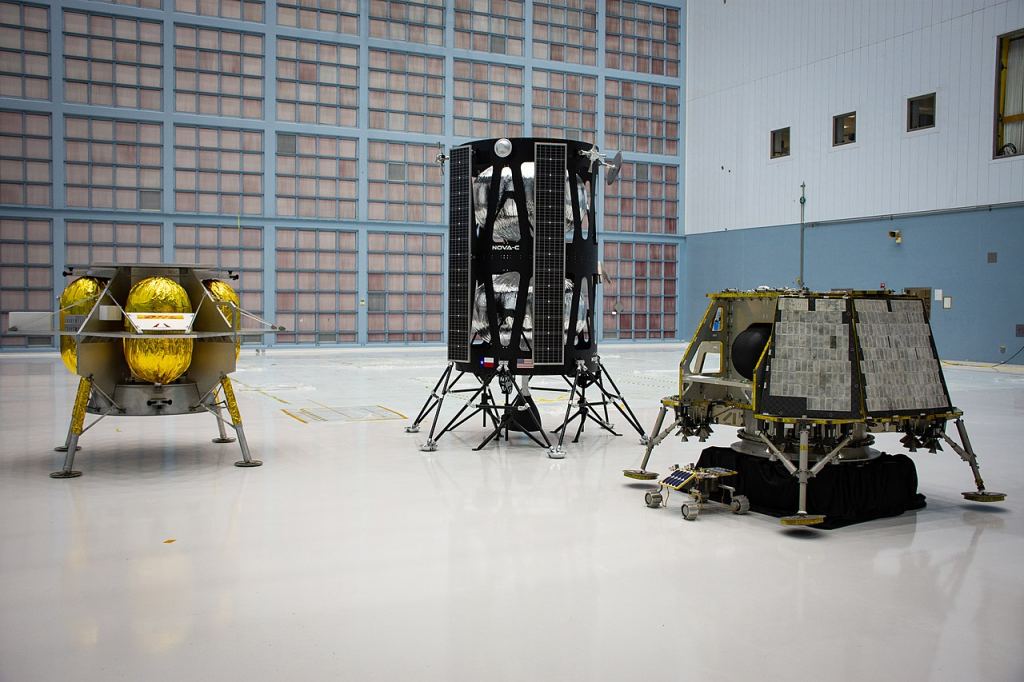If the modern age of astronomy could be summarized in a few words, it would probably be “the age of shifting paradigms.” Thanks to next-generation telescopes, instruments, and machine learning, astronomers are conducting deeper investigations into cosmological mysteries, making discoveries, and shattering preconceived notions. This includes how systems of planets form around new stars, which scientists have traditionally explained using the Nebular Hypothesis. This theory states that star systems form from clouds of gas and dust (nebulae) that experience gravitational collapse, creating a new star.
The remaining gas and dust then settle into a protoplanetary disk around the new star, which gradually coalesces to create planets. Naturally, astronomers theorize that the composition of the planets would match that of the disk itself. However, when examining a still-developing exoplanet in a distant star system, a team of astronomers uncovered a mismatch between the gases in the planet’s atmosphere and those within the disk. These findings indicate that the relationship between a protoplanetary disk and the planets they form might be more complicated.
The team was led by Postdoctoral Associate Chih-Chun “Dino” Hsu from the Center for Interdisciplinary Exploration and Research in Astrophysics (CIERA) at Northwestern University. He and his colleagues were joined by researchers from the California Institute of Technology (Caltech), the University of California San Diego (UCSD), and the University of California Los Angeles (UCLA). The paper that details their findings, “PDS 70b Shows Stellar-like Carbon-to-oxygen Ratio,” recently appeared in The Astrophysical Journal Letters.

For their study, the team relied on the Keck Planet Imager and Characterizer (KPIC), a new instrument at the W.M. Keck Observatory, to obtain spectra from PDS 70b. This still-forming exoplanet orbits a young variable star (only ~5 million years old) located about 366 light-years from Earth. It is the only one known to astronomers with protoplanets residing in the cavity of the circumstellar disk from which they formed, making it ideal for studying exoplanet formation and evolution in their natal environment. Jason Wang, an assistant professor of physics and astronomy at Northwestern who advised Hsu, explained in a Northwestern News press release:
“This is a system where we see both planets still forming as well as the materials from which they formed. Previous studies have analyzed this disk of gas to understand its composition. For the first time, we were able to measure the composition of the still-forming planet itself and see how similar the materials are in the planet compared to the materials in the disk.”
Until recently, astronomers were unable to study a protoplanetary disk directly to track the birth of new planets. By the time most exoplanets are observable to telescopes, they have finished forming, and their natal disks have since disappeared. These observations are historic in that this is the first time scientists have compared information from an exoplanet, its natal disk, and its host star. Their work was made possible by new photonics technologies co-developed by Wang for the Keck telescopes.
This technology allowed Hsu and his team to capture the spectra of PDS 70b and the faint features of this young planetary system, despite the presence of a much brighter star. “These new tools make it possible to take really detailed spectra of faint objects next to really bright objects,” said Wang. “Because the challenge here is there’s a really faint planet next to a really bright star. It’s hard to isolate the light of the planet in order to analyze its atmosphere.”
The resulting spectra revealed the presence of carbon monoxide and water in PDS 70b’s atmosphere. This allowed the team to calculate the inferred ratio of atmospheric carbon and oxygen, which they compared to previously reported measurements of gases in the disk. “We initially expected the carbon-to-oxygen ratio in the planet might be similar to the disk,” said Hsu. “But, instead, we found the carbon, relative to oxygen, in the planet was much lower than the ratio in the disk. That was a bit surprising, and it shows that our widely accepted picture of planet formation was too simplified.”

To explain this discrepancy, the team proposed two possible explanations. These include the possibility that the planet might have formed before its disk became enriched in carbon or that the planet might have grown mostly by absorbing large amounts of solid materials in addition to gases. While the spectra show only gases, the team acknowledges that some of the carbon and oxygen could have accreted from solids trapped in ice and dust. Said Hsu:
“For observational astrophysicists, one widely accepted picture of planet formation was likely too simplified. According to that simplified picture, the ratio of carbon and oxygen gases in a planet’s atmosphere should match the ratio of carbon and oxygen gases in its natal disk — assuming the planet accretes materials through gases in its disk. Instead, we found a planet with a carbon and oxygen ratio that is much lower compared to its disk. Now, we can confirm suspicions that the picture of planet formation was too simplified.”
“If the planet preferentially absorbed ice and dust, then that ice and dust would have evaporated before going into the planet,” added Wang. “So, it might be telling us that we can’t just compare gas versus gas. The solid components might be making a big difference in the carbon-to-oxygen ratio.” To explore these theories further, the team plans to obtain spectra from the other PDS 70c, the other fledging exoplanet in the system. “By studying these two planets together, we can understand the system’s formation history even better,” Hsu said. “But, also, this is just one system. Ideally, we need to identify more of them to better understand how planets form.”
Further Reading: Northwestern Now, The Astrophysical Journal Letters
The post A Young Exoplanet's Atmosphere Doesn't Match its Birthplace appeared first on Universe Today.





















